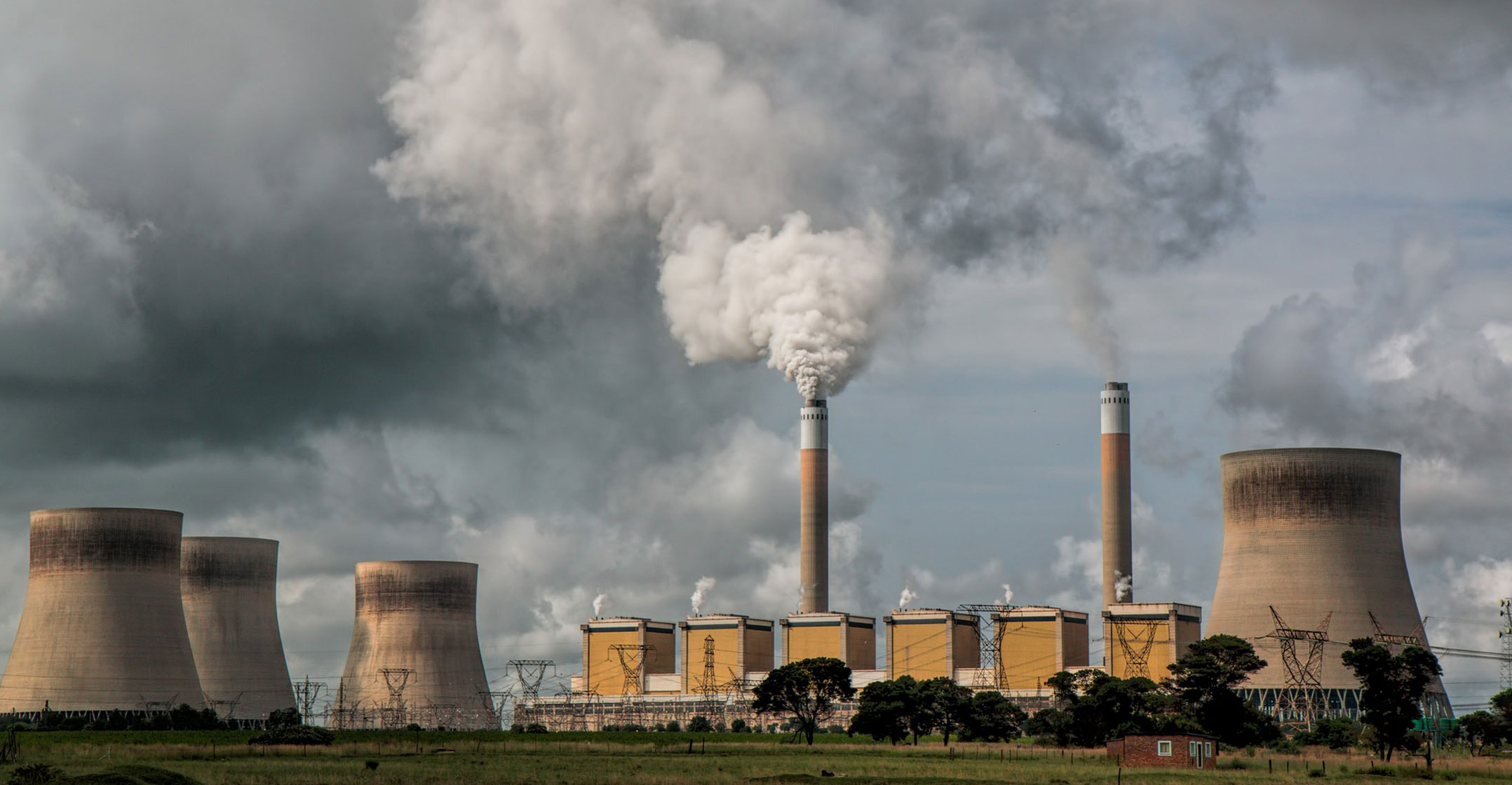
Eskom plans to reduce its output of coal-fired power by between 8GW and 10GW through plant closures over the next decade, a cut that amounts to up to 30% of its current capacity.
The mothballed Komati power station, brought back to service in the early 2000s to help deal with chronic electricity shortages in of electricity, will be completely closed by October next year, Eskom said on Twitter.
Eskom, which is Africa’s biggest greenhouse gas emitter, is pitching a US$10-billion (R150-billion) plan to global lenders that would see it shut the vast majority of its coal-fired plants by 2050 and embrace renewable energy, a company official said in June.
A fleet of ageing coal-fired plants provides most of South Africa’s electricity needs, but a lack of investment and poor maintenance has led to regular blackouts that have scared investors and cost the economy billions of dollars in lost output. Eskom currently has a nominal installed power capacity of about 42GW.
“Eskom plans to repower Komati using solar photovoltaic (PV) plant supported by 244MWh of battery storage,” the firm said, adding that Komati was ideally positioned to be a flagship “just energy transition” project. Similar projects were planned at the Grootvlei, Hendrina and Camden power plants, all of which were scheduled for closure by 2025.
Eskom, which is heavily indebted, said it wanted to act as an anchor market for electric vehicles, which it sees as an important growth opportunity for its business. — Reported by Wendell Roelf, (c) 2021 Reuters




